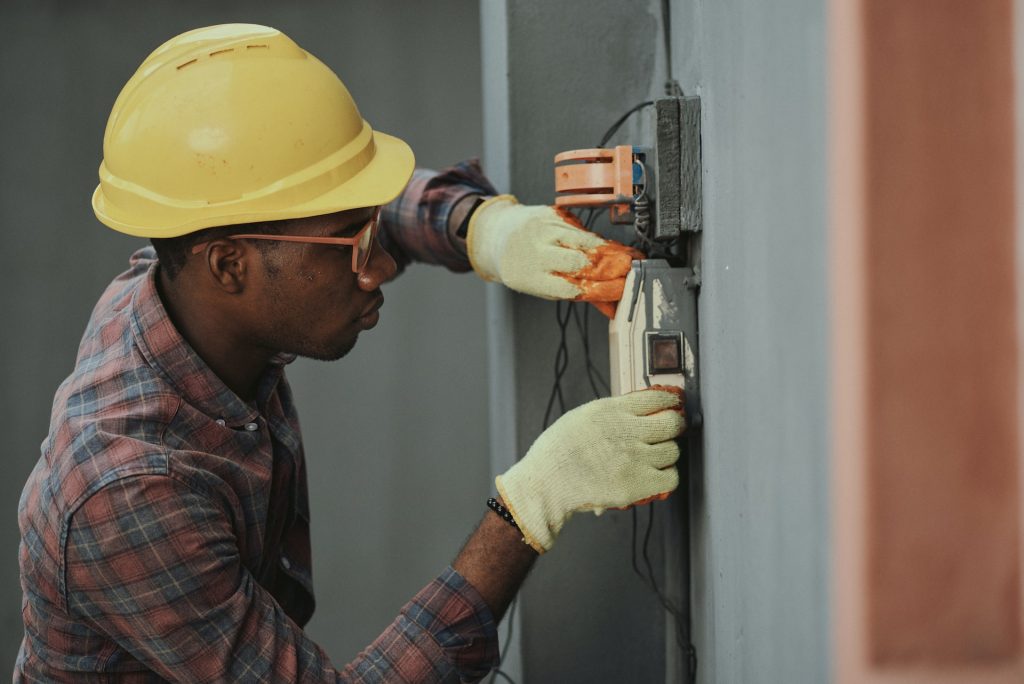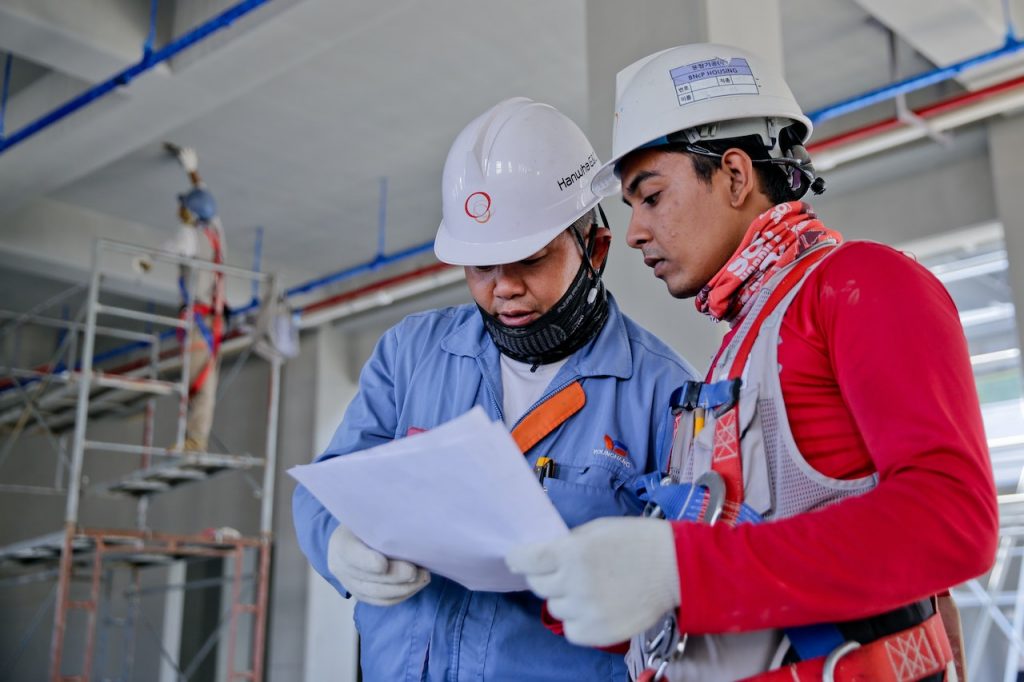What Is A Safe System Of Work And How Do We Create One?

There are a lot of different health and safety tools, processes, and resources available to businesses to make sure they provide a fit and safe work environment for their staff. Not only is this required by law, but there are clear benefits to the organisation, too, such as increased productivity, happier staff, and less time off due to illness or injury.
A safe system of work is one process or resource available to businesses to make sure a business fulfils its requirements. Depending on the citation or task at hand, the process may differ, but there is a basic safe system of work template that can help everyone – and it can be modified to suit your needs.
We’ll look at this once we know exactly what a safe system of work is.
What Is A Safe System Of Work?

A safe system of work is a process that examines the risks or hazards involved in a task and identifies a way of completing it that is safe and reduces – or even negates – the risk of accident or injury. While there might be different ways to complete a task, this system identifies the safest way to complete the task.
While similar, a safe system of working differs from a risk assessment in its outcome. Both identify risks and hazards, but a risk assessment will identify steps that can be taken to mitigate the potential of an accident, rather than providing instructions for employees to follow. A safe system of working can be an action point of a risk assessment, however, as the assessment should be finished first so it’s clear what needs to be done.
Why Do We Need Safe Systems Of Working?
We need safe systems of working to make sure employees are able to complete their work without fear of injury or illness. While not every job or task will need one, they are a surefire way of making sure hazards and risks are mitigated as much as possible.
This satisfies the legal requirement of providing a safe workplace, but the business also benefits from fully fit and healthy staff. There’s no lengthy absences, and less time is spent hiring and training replacements, so when a task can benefit from clear instructions that improve safety, they should implement a safe system of work.
Who Is Responsible For Ensuring A Safe System Of Work?
Ultimately, it is down to the business owner to implement safe systems of work where they are needed, as they have the responsibility to meet the legal requirements that stipulate safe working environments.
Practically, however, the person in charge of health and safety will be the one implementing safe systems of working where required. This can be an individual hired by the business, a HR team or department, or an outsourced partner such as Rhino Safety.
Once it is established, the business owner or team leader will need to make sure it is adhered to and remains fit for purpose as things change.
Creating A Safe System Of Work

When a safe system of work is needed, you can look at ways to implement it in the best way. Whether this is a template, or using a safe system of work example from another task or organisation, you can then make sure all the elements you need are covered.
Creating safe systems of work might seem daunting, but it can be broken down into four basic steps. This works for most situations, but if you require something more in-depth you can make alterations or seek an expert health and safety consultant to help meet your needs.
1) Thoroughly Assess The Task
The first step of creating a safe system of work is to understand what is involved in the task. You will need to know every detail of what is involved with it, such as:
- Tools or resources used
- Who will be involved
- Where task will be carried out
- How the task is currently completed
This will help you understand every aspect of what’s involved, and see where improvements can be made. It is best to consult with the staff completing this task, so the information is accurate and relevant. This will allow you to address any risks and hazards.
2) Identify Risks And Hazards

Once the task or job has been analysed and every part is clear, you should then identify what risks and hazards are associated with it. Without doing this, you can’t accurately or safely ensure the wellbeing of employees who need to be protected.
This part will be helped by the risk assessment completed previously, as a lot of the risks and hazards will be similar. You might find more specific items to include and account for that are related to the specific job your safe system of work is addressing.
3) Implement Safe Procedures
Once you know what the process is, and what the risks are, you can create a process or routine that will keep workers safe while carrying out that task.
Once the method or process has been created, it needs to be implemented – and this often involves training staff to help them adapt to what’s required of them. This will take time, but depending how high the risk is, you can opt for verbal instructions, written instructions, or even fully formalised training courses. Permits may be required to show the employee is qualified to do the task if there is a high risk of injury or accident.
4) Monitor And Update As Needed
Once a safe system of work has been implemented, some people assume that this is the end and nothing else needs to be done, but this isn’t true.
You must monitor the situation to be sure the system is doing what it is supposed to. Not only is this about keeping staff safe, but also ensuring that productivity can be maintained – or even improved. This might mean changes to help with one or both of these aspects, and as technology changes and other resources become available, other improvements might be available.
Also listen to feedback from the staff involved in the task, as they’re the ones who are experiencing the safe system of work firsthand, and will be able to help refine it.
Learn More About Safe Systems Of Work
Every business can benefit from implementing safe systems of work to make sure their employees are protected no matter what they have to do. Every business owner and manager has a responsibility to make sure the workplace is as safe as possible, and this includes creating policies and procedures for staff to follow.
A safe system of work is just one tool that can be utilised to keep employees healthy and in a fit state to carry out their tasks. This allows your business to be productive, and makes sure employees know they are valued and supported.
To find out more about safe systems of working, and how to implement them in your business, contact the team at Rhino Safety now.
